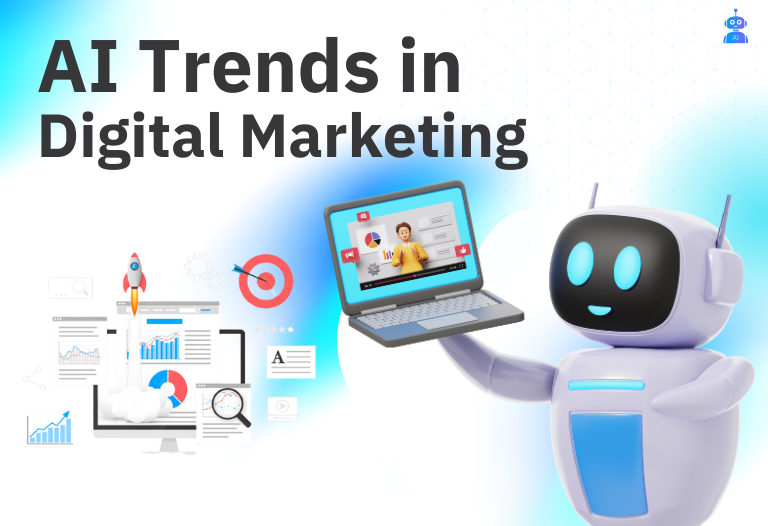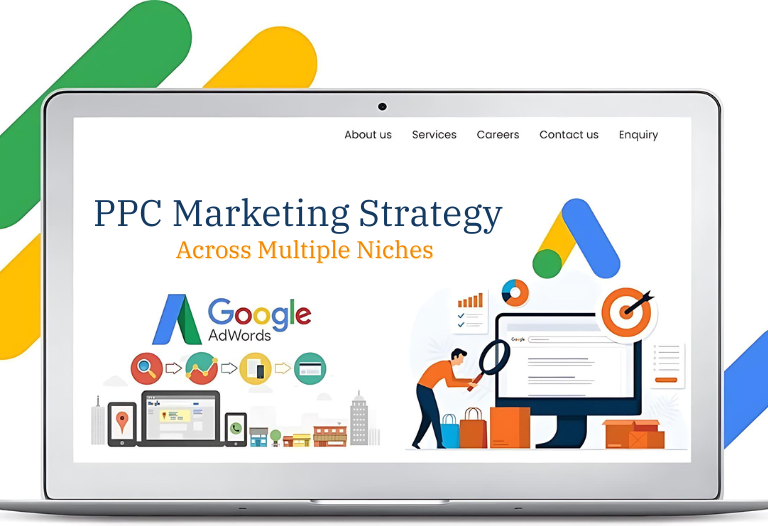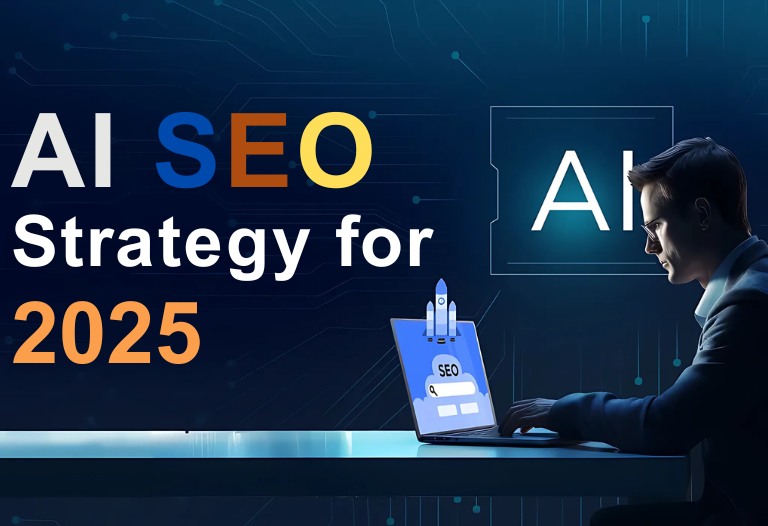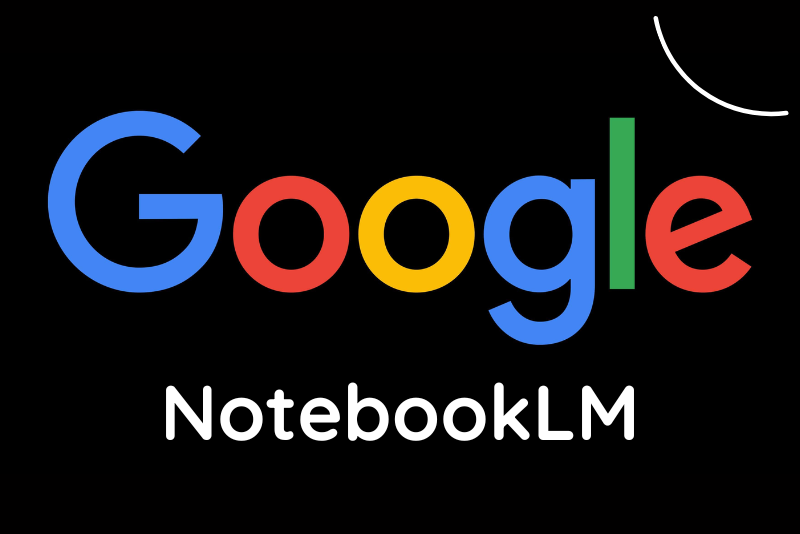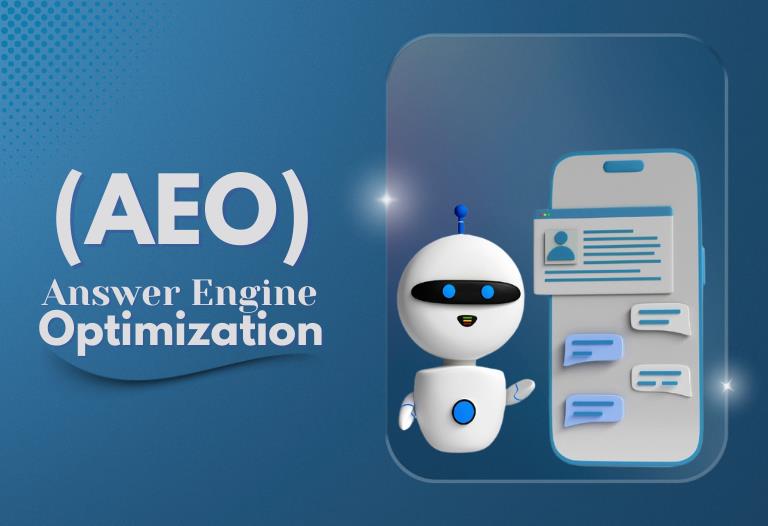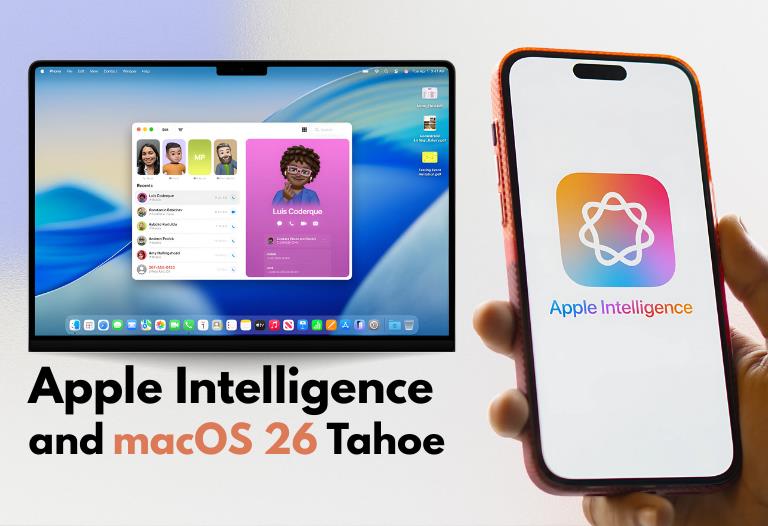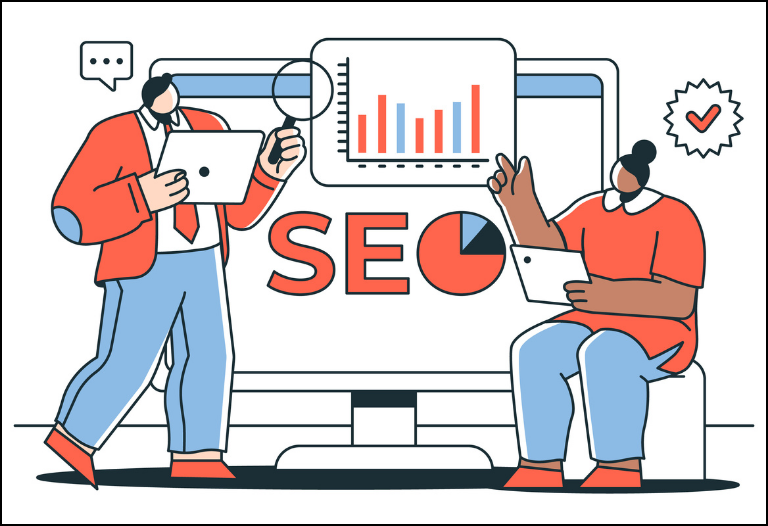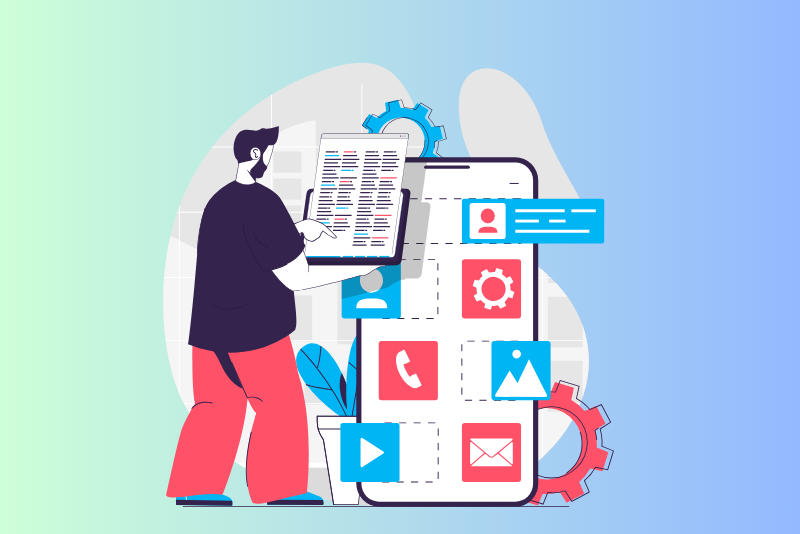
Introduction
Business owners with a great app idea lacks resources and expertise for development. To make it a reality, they outsource the task to professionals, facing the challenge of choosing the best among many app development companies with varying mobile application development cost.
In this blog, we will explore the various factors influencing the mobile application development cost, the different approaches to app development, and the potential expenses involved. Whether you’re a startup or an established business, understanding these aspects is vital for making informed decisions.
Understanding Mobile Application Development Cost
Mobile apps are essential for business in the digital age, benefiting customer engagement and internal processes. However, businesses struggle to answer the question: What does mobile application development cost?
This question is crucial for anyone looking to start an app-based business or digitally transform an existing service. Whether it’s a restaurant chain, a newspaper company, or even a laundry service, every business can derive significant value from a mobile app in today’s digital landscape.
It is understandable to lean towards the lowest price when evaluating offers from various app development companies. Nevertheless, cost should not be the sole determining factor. Examining other crucial factors, like the team’s skills, communication and collaboration methods, and the range of services offered, is vital. Ultimately, the optimal value is achieved by balancing cost, quality, and reliability.
Principles of Mobile Application Development
When embarking on mobile app development, several foundational principles can significantly impact the process’s cost, success, and efficiency. These principles guide key decisions, from concept clarity to long-term app maintenance and monetization strategies.
Define the App’s Purpose, Target Audience, and Goals: A well-defined vision and strategy are crucial for a successful application. Defining your requirements upfront can help ensure a more accurate app development price estimate.
Start with an MVP (Minimum Viable Product): Developing an MVP with essential features allows for concept validation and user feedback without overspending.
Prioritize User Experience (UX): App design is important for user retention and can impact development costs and time efficiency.
Choose the Right Development Approach: Consider the target audience, security, budget, and features when choosing native, hybrid, cross-platform, or web app development. Utilize low-code, no-code developers for faster, cost-effective solutions.
Consider the Costs of Maintaining your App: Ongoing app maintenance, bug fixes, security updates, and feature enhancements are expensive, but low-code, no-code platforms simplify some of it.
Think about your Monetization Strategy: When creating your app, thinking about different ways to make money if you aim to generate revenue is crucial.
Different Approaches to Mobile App Development
There are three primary ways to develop a mobile app, each with its cost implications and advantages:
SaaS Solutions
Utilize a SaaS solution aligned with your idea for a quick and cost-effective start. Despite their low cost, these ready-to-use applications have limitations but are the first and most straightforward approach.
The cost for SaaS solutions can range from $100 to $1000 or more per month.
With SaaS, you do not own the intellectual property (IP) nor have control over future software development and features.
Most SaaS applications require continuous improvements and adaptations to meet the specific needs of your audience, which might not be feasible with a standard solution.
Custom Software Development
At the opposite end of the spectrum is custom software development. This method involves building an app tailored specifically to your needs from scratch. While this approach provides complete control and ownership, it is also time-consuming and expensive.
Developing a custom app can take four months to over a year to launch an MVP (Minimum Viable Product).
A professional team is necessary, including a project manager, designer, QA specialist, and multiple developers.
The estimated cost for custom development can range from $10,000 to over $100,000, depending on the complexity and features of the app.
Hybrid Approach
The hybrid approach merges SaaS and custom development advantages, offering a pre-built solution with the ability to buy source code for customization.
For example, Primotech offers solutions like multi-vendor restaurant management, fleet management, online consultation software, and more.
Depending on the desired customizations, these hybrid solutions typically range from $5,000 to $25,000.
This approach provides great value, leveraging years of investment and development expertise while allowing for scalability and ownership.
Platform Selection and Its Impact on Costs
Platform selection is a critical factor in mobile app development costs. It decides the platform on which the app will run. Should you target iOS, Android, or both platforms?
iOS development involves creating a product that works seamlessly on Apple devices with somewhat straightforward development but stringent App Store guidelines.
Android development typically takes more time due to the wide range of device manufacturers and screen sizes, adding complexity and cost.
Cross-platform development can save up to 30% in costs but may sacrifice performance. Native development for each platform can be more expensive, costing around $50,000 per platform. Cross-platform solutions like React Native or Flutter allow for a single codebase, reducing costs but potentially sacrificing performance or native functionality.
Factors Affecting Mobile Application Development Cost
The cost of developing a mobile app is influenced by numerous factors, including:
1. Type of App
The type of app you are developing plays a significant role in determining the overall cost. Different categories of apps—such as social media, e-commerce, gaming, or healthcare—come with varying levels of complexity and required features, which can dramatically impact development costs.
2. Development Team’s Location
The geographical location of your development team can significantly affect costs. For instance:
In regions like North America and Western Europe, hourly rates can exceed $100.
In contrast, hiring developers in India can range from $10 to $40 per hour.
3. Features and Functionalities
The more features and functionalities you want in your app, the higher the cost. Features like real-time updates, notification systems, or complex APIs can add to the development time and budget.
4. Maintenance and Updates
Once your app is live, ongoing updates and maintenance are necessary to keep it running smoothly. Maintenance costs can average 15% to 20% of the initial development cost per year, which is crucial to factor into your overall budget.
Estimating Your Mobile Application Development Cost
To get a clearer picture of your potential costs, consider using app development cost calculators. These tools can provide estimates based on your specific requirements and desired features. Some popular calculators include:
App Development Cost Calculator: A free tool that gives a cost estimate based on your project details. It estimates the cost based on your choice of platform and provides options to estimate costs related to different app features and functionalities.
| Cost Factor | Explanation | Cost Range |
| Complexity | Higher complexity (e.g., custom features, third-party integrations) increases development time and costs. | Varies widely based on feature scope |
| Platform | Whether the app is developed for iOS, Android, or both (native vs. cross-platform development). | iOS/Android: $50,000+, Cross-platform: $35,000+ |
| Design | Costs related to user interface (UI) and user experience (UX) design. | $5,000 – $20,000+ |
| Development Team | Size and location of the development team (in-house vs. outsourcing). | Outsourcing: 50% cost reduction |
| Testing and Quality Assurance | Costs related to ensuring the app functions appropriately across devices and use cases. | $5,000 – $15,000+ |
Case Study: Real-World Example
Many businesses have successfully reduced their app development and maintenance costs by transitioning from legacy systems to modern solutions. A notable example is Marriott, which sought to enhance customer experiences and improve online reliability. By moving to a more flexible infrastructure, they significantly reduced their operational costs while improving scalability.
Process of App Development Cost Estimation at Primotech
An app development process requires precise budgeting and action on the plan. Usually, you contact an expert or developer to discuss your vision and strategy while formulating business and product goals. However, At Primotech, we have simplified the project for all our potential creators.
The mobile application development cost estimation at Primotech involves seven key steps, ensuring a transparent and accurate estimate:
1. Initial Contact & Information Exchange:
The process begins with the client contacting Primotech via email. Later, a business developer will exchange basic information with the client and schedule a Discovery Call.
2. Discovery Call with a Business Developer:
This initial meeting focuses on understanding the client’s vision, business goals, and project requirements.
The business developer guides the conversation to establish:
Product Vision: What the client envisions for their app and its impact.
Product Strategy: A high-level plan outlining the product’s purpose, target audience, value proposition, and business goals.
Business Goal: The client’s overall business objective they aim to achieve with the app.
Product Goal: The app needs to achieve and contribute to the business goal.
The Business Developer gathers all information and documentation shared by the client.
3. Solution Architect Team (SAT) Iteration:
The Discovery Call information and any client-provided documents are passed on to the Solution Architect Team (SAT).
The SAT comprises experts who:
- Analyze the client’s needs to recommend optimal solutions for market success.
- Design the app’s system architecture and integration with other systems.
- Suggest suitable technologies and tools based on the project’s requirements.
- Collaborate with the development team to ensure smooth execution.
- Assess potential risks and maintain quality control.
The SAT’s initial work involves:
Creating an initial User Story Map: This visually represents the app’s functionality from the user’s perspective.
Developing a preliminary Flowchart: This diagram outlines the logical flow and structure of the app, illustrating user interactions and processes.
Proposing relevant Product Metrics: These quantifiable measures will track the app’s success against the Product Goal.
4. Call with Solution Architect Team:
This follow-up call involves a focused discussion between the client and the SAT.
The agenda for this call includes:
Client Project Overview: A brief presentation from the client, allowing them to highlight any specific aspects they want to discuss.
Refinement of Vision, Metrics, and Goals: The SAT presents any suggestions or expansions on the previously established vision, metrics, and goals, ensuring mutual agreement with the client.
Q&A Session: The SAT addresses the gaps and ambiguities identified in the User Story Map and Flowchart by asking the client a series of pre-prepared questions to gather detailed information crucial for accurate cost estimation and roadmap development.
5. Offer Preparation and Cost Estimation:
Finalizing User Story Map and Flowchart: Based on the client’s answers during the Q&A, the SAT fills the gaps and completes the User Story Map and Flowchart.
Detailed Cost Estimation:
- Developers, who are often involved from the initial stages, review the completed documentation to ensure alignment.
- Using the User Story Map, developers break down each user story into smaller, manageable tasks and estimate the effort needed for each task.
- The team references past projects with similar functionalities for precise estimation.
Roadmap Simulation: The SAT creates a Roadmap simulation, which serves as a high-level plan, outlining the main goals, key features, and timeline for app development.
6. Offer Presentation Call:
Using the detailed roadmap, a business analyst prepares a table that presents the development costs.
The team ensures price transparency by including all necessary services, including backend development, design, and potential maintenance costs.
During this call, the client is presented with a tailored offer that includes:
- The completed roadmap.
- A clear and detailed cost estimate table.
- Expert advice and guidance from the Primotech team.
7. Client Decision:
- The client reviews the offer and evaluates factors like price, team expertise, communication processes, post-launch support, technology stack, timeline, and company portfolio to make their decision.
- If the client chooses to proceed with Primotech, the business developer handles the formalities and assembles the optimal team and tools for app development.
- The client remains engaged throughout the entire development process.
This comprehensive approach taken by Primotech ensures that the cost estimation process is thorough, collaborative, and transparent. The company’s focus on understanding the client’s vision, combined with detailed documentation and expert input from various team members, allows us to provide a reliable cost estimate that accurately reflects the project’s scope and complexity.
1. Initial Contact & Information Exchange:
Typical Expenses for Freelance App Developers
After learning all the costs, it’s no wonder that getting a freelancer on board seems tempting. Research shows that the exact prices vary based on several factors, such as the developer’s background, skills in specific technologies, and where they are located. However, below is a breakdown of the average hourly rates for various types of freelance mobile app developers found on Upwork.
iOS Developer: Between $45 and $75 every hour.
Android Developer: Hourly rate ranges from $25 to over $85.
Rate for React Native Developer: $25 to $70 hourly
Xamarin Developer: The hourly rate ranges from $25 to $50 or more.
It should be emphasized that these rates are simply the average amount per hour. The rates can vary depending on the specific developer and project needs.
Freelance app developers typically charge between $30 to $100 per hour. This range corresponds with the rates on various platforms.
Remember that the most cost-effective choice for simple app creation involves utilizing platforms such as Buildfire or Apps Builder, with prices ranging from $10 to $150 per month. Nonetheless, if you require a completely personalized and robust application, opting for a freelance programmer or an app development firm is the superior option.
How to Reduce App Development Costs
While app development can be costly, there are strategies to mitigate these expenses:
| Strategy | Description | Potential Savings |
| Build an MVP (Minimum Viable Product) | Focus on essential features first to test the market before committing to complete development. | Launch faster, save on unnecessary features |
| Cross-Platform Development | Develop for iOS and Android using a single codebase (e.g. React Native, Flutter). | Saves on development time and costs |
| Outsource to Cost-Effective Regions | Hire development teams from regions with lower labor costs (e.g. India, Eastern Europe). | Up to 50% cost reduction |
| Reuse Code | Use Existing code and APIs for standard features (e.g. login, payment gateways) instead of building from scratch | Reduces development time. |
Conclusion
Determining the mobile application development cost requires careful consideration of various factors, including the type of app, the development approach, and ongoing maintenance needs. By understanding these elements, you can make informed decisions that align with your business goals.
Remember, the cost of developing a mobile app doesn’t end at launch. Regular updates, bug fixes, feature enhancements, and scaling are essential to ensuring the long-term success of your app. While these ongoing costs may seem daunting, they’re necessary investments in maintaining your app’s relevance and usability.
If you’re interested in further exploring app development or getting a tailored quote, consider contacting a professional development team. For more information and to get a free consultation, visit Primotech.
Thanks for reading, and remember, every great app starts with a solid understanding of its development journey.




 November 20, 2024
November 20, 2024

